7 Amazing Benefits Of Jumping Squats
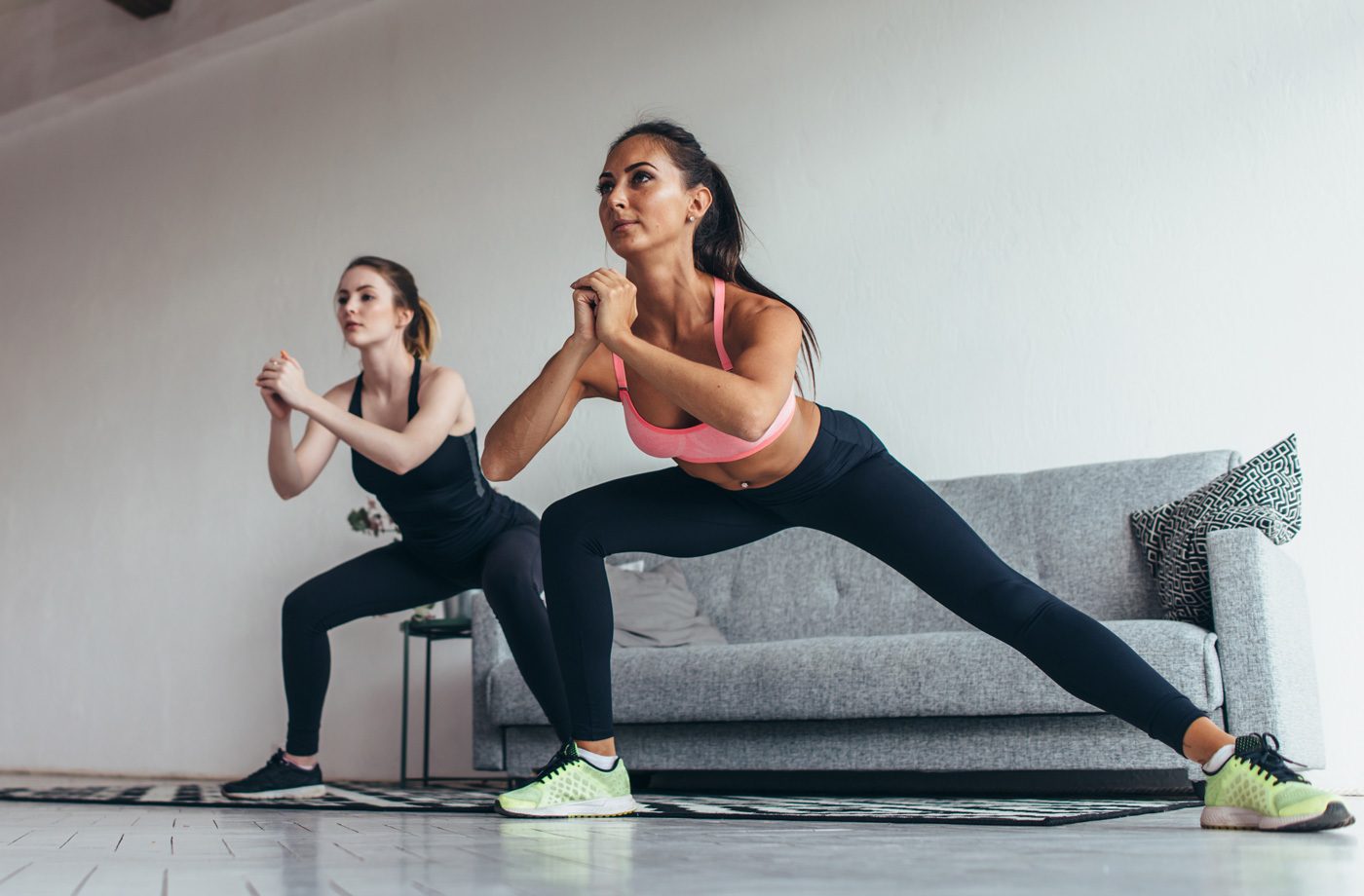
Do you want well-formed thighs and legs? If so, then this is the post you should read! Squat bends train the quads and calves and help tighten your body. There are many advantages associated with jump squats. Let’s see how squat jumps and their variations are done. Read through to the end to know how beneficial squat jumps can be for you.
# The Basic Routine:
- Start crouching. To squat, lower your body as much as possible by crouching down. Bend your knees and take the sitting position. Your thighs should be parallel to the ground. Stop and hold position.
- Start your body up. Raise your hands over your head as you jump into the air.
- Try to land in the same position. Bring your arms back to the starting position. To repeat.
- When you land, crouch down to finish a replay. Try to land effectively (you may need to master this ability).
- Do 3 sets of 15 reps. (1)

# Advanced Version:
You can increase the intensity of your workout by adding a few variations to the simple jump squats. Jump squats help tighten the calves, buttocks, thigh muscles, trunk and quadriceps.
- Lift a pair of dumbbells and hold them by the sides, with the ankles pointing away from your body.
- Lower your body as much as possible by crouching down. Bend your knees and take the sitting position. Your thighs should be parallel to the ground. Pause and return to the starting position.
- Start your body up. Raise your hands over your head as you jump into the air.
- Try to land in the same position. Bring your arms back to the starting position. To repeat.
- Do 2-3 sets of 15 reps.
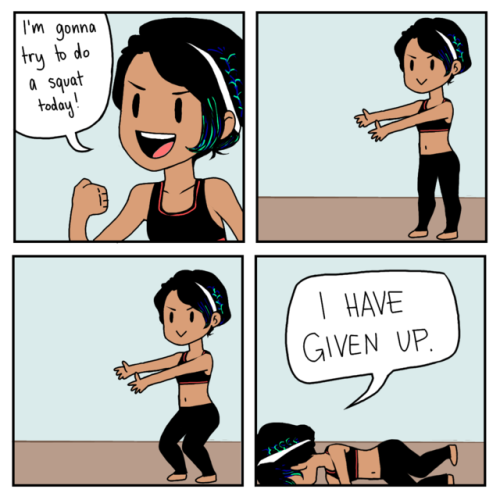
Tips:
Since the routine is more difficult than the normal jump squat, you can reduce the number of repetitions or the number of sets. You can also extend the rest period between jumps.
Required equipment:
- dumbbells
- weight vest
- water bottles
- towel
warnings:
- People with rheumatoid arthritis and knee pain should refrain from these exercises.
- Wear knee protection caps and protective clothing whenever necessary. (2)
Types of Squat Jumps:
1. Regular Squats:

These are just normal squats. They focus on tightening their legs and buttocks.
- Spread your feet wider than shoulder width with slightly wider feet.
- Press your hips out with feet firmly on the floor as you slowly lower yourself.
- Make sure your toes point forward, knees are up, and your head and shoulders are straight.
- Climb up slowly
- Repeat the same.
2. Wall Squats:

These are normal squats that are performed on a wall.
- Do the normal squat, but instead of squeezing out your hips, make sure your back is straight with the support of the wall.
- Do not bend so as not to hurt yourself.
- Repeat without sliding the wall up and down.
3. Uneven Squats:
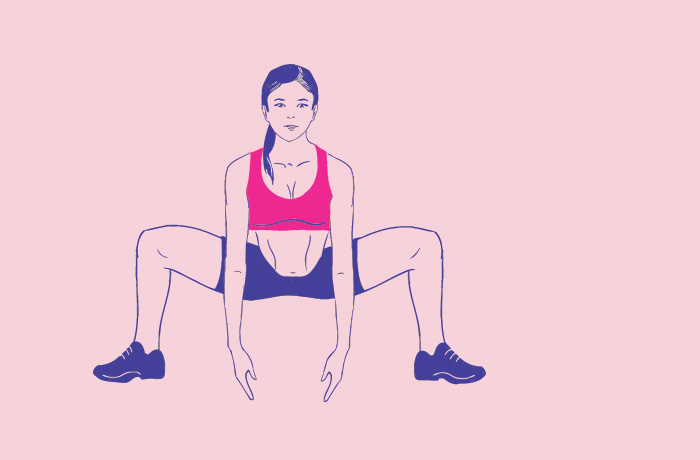
Hold a board at a low height to perform this squat exercise.
- Place one foot on the floor and the other on the floorboard.
- Do your regular squats.
- Make sure you evenly balance your weight.
- Do not strain the knee.
- If you have problems with this, do not try to crouch down.
4. Prisoner Squats:

These squats are hard to do.
- Keep your hands behind your head.
- Push your hips backwards as you bend.
- Keep your shoulders and arms straight.
- Lower your body and squat
5. Monkey Squats:
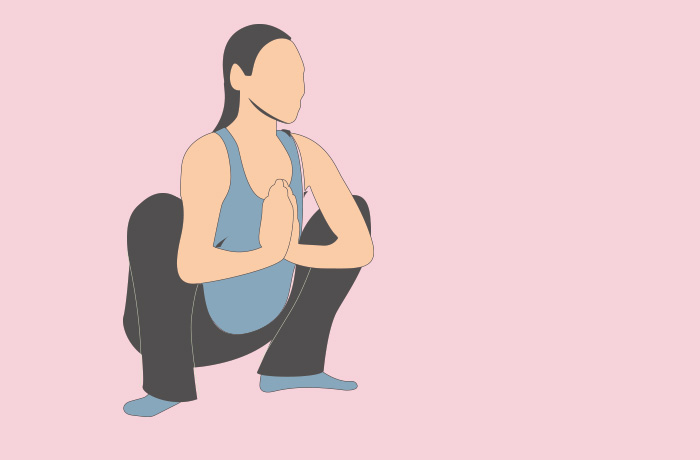
Monkey squats are one of the more difficult squats.
- Spread your legs wider than shoulder width apart.
- Grab a knee or toe (depending on how flexible you are) while sitting in a squat.
- Still hold your toe and squat as low as you can.
- Slowly raise your toe and release it.
- Make sure you never pull or pull on your toe or knee.
6. Sumo Squats:

These squats are normal squats that you have to perform by keeping your feet away from each other.
- Keep your feet apart so that the distance between them is more than the shoulder length.
- Make sure you do not lose your balance.
- Hold a heavy weight with both hands and perform a squat
- Remember to keep your upper body straight when bending your knees.
- Lower yourself as much as possible
7. Single Leg Squats:
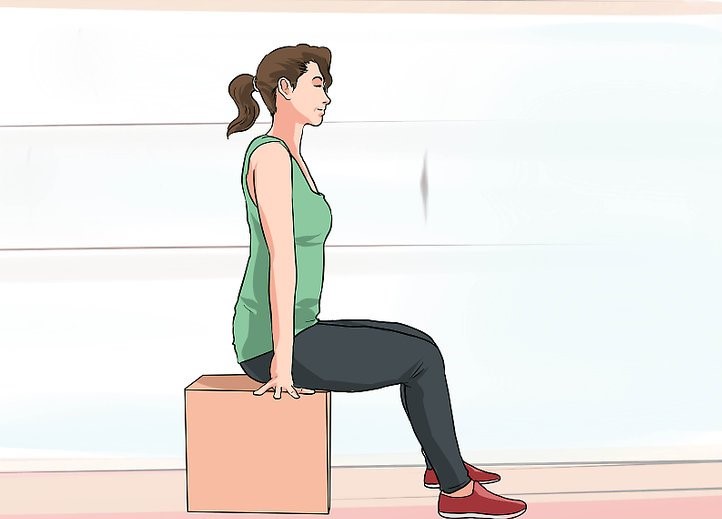
One-leg squats are difficult for beginners.
- Extend one leg forward.
- Stretch your hands forward too.
- Squat down as low as possible.
- You can use a piece of furniture for balancing.
8. Frog Squats:

You must do it the same way you make burpees.
- Squat down and land with your hands forward on your feet.
- Jump back and repeat.
- It is similar to Burpees, where you continue to stretch down and back.
9. Jumping Jack Squats:
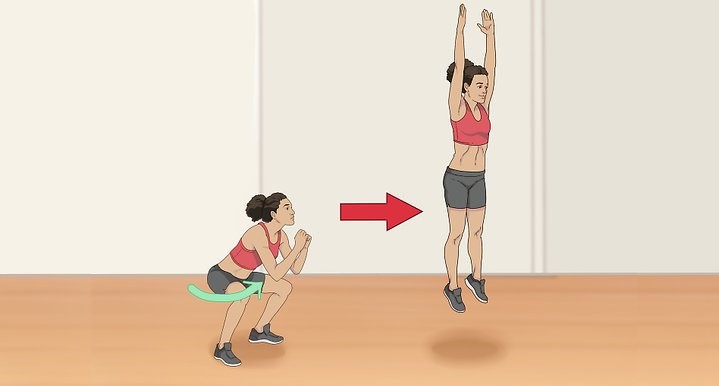
Jumping Jack Squats are more of a cardio workout.
- Start with the Springbuchse.
- When your arms go down, crouch down.
- When your arms go up, your body should squat.
10. Squats:
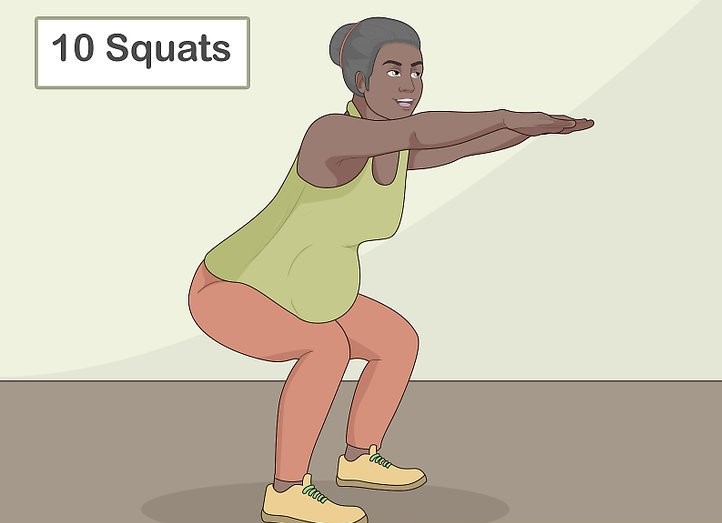
Perform one of the above squats with weights.
- You should use weights that can lift you comfortably.
- Always make sure that you have a proper balance without the weights. That way you will not hurt yourself with the weights.
Benefits Of Jump Squats:
- Builds Muscle,
- Burns More Fat,
- Maintain Mobility And Balance,
- Prevent Injuries,
- Boost Your Sports Performance – Jump Higher And Run Faster,
- Tone Your Backside, Abs And Entire Body,
- Help With Waste Removal,

